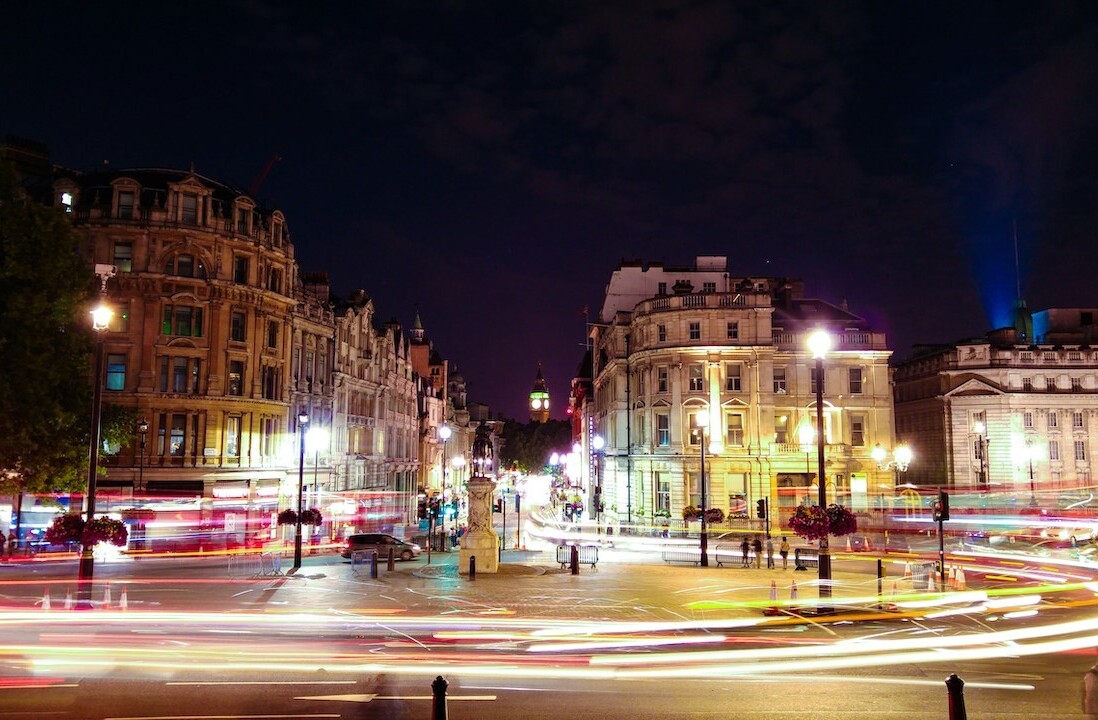
 At present, more and more companies are trying to achieve an authentic customer experience. However, it seems that the term ‘customer experience’ is getting a rather consultancy and marketing selling point; only a few parties have a real understanding of what authentic customer experience means and succeed in building such experience. Customers are in contact via different channels and companies should therefore build an authentic cross-channel experience instead of merely focusing on the online WOW experience.
At present, more and more companies are trying to achieve an authentic customer experience. However, it seems that the term ‘customer experience’ is getting a rather consultancy and marketing selling point; only a few parties have a real understanding of what authentic customer experience means and succeed in building such experience. Customers are in contact via different channels and companies should therefore build an authentic cross-channel experience instead of merely focusing on the online WOW experience.
What is the wow experience
 The Experience Economy describes several factors that contribute to the WOW experience. The wow experience is a experience that goes beyond the normal expectations of a customer. Several authors contributed to the experience economy (e.g. Gilmore and Pine, Falk and Dierkling, Nijs en Peters, Piet, Schmitt, Boswijk, Thijssen et al) and though their perspectives differ more or less, we can characterize the transition from the conventional to the Experience Economy by:
The Experience Economy describes several factors that contribute to the WOW experience. The wow experience is a experience that goes beyond the normal expectations of a customer. Several authors contributed to the experience economy (e.g. Gilmore and Pine, Falk and Dierkling, Nijs en Peters, Piet, Schmitt, Boswijk, Thijssen et al) and though their perspectives differ more or less, we can characterize the transition from the conventional to the Experience Economy by:
• The increase in the valuation of the immaterial;
• the increasing role of the customer in creating an experience;
• And, the rise in the individuality of the experience.
There are several examples of organizations who sell their products or services with experience, such as DisneyLand, the SuperClub, NikePark and the experience Apple stores.
Cross-channel customer experience
Several organizations notice that they are able to avoid price squeezes by selling their goods and service with an experience. In other words, organizations can set higher prices for their products than their competitors when they add a certain experience on the top of their goods sold. However, because most of the companies are not used to defining an experience, most of the times they won’t be able to create an authentic, integral cross-channel experience in a way they consumers experience their products and services in the same, authentic way regardless of the channel (e.g. IVR, phone, mail, store, delivery) which connects the consumer to the company.
A new example of an authentic cross channel personal experience!
I’m bored of the conservatism of several authors who describe the experience economy with mentioning again and again the same examples (e.g. Apple and Starbucks) and that’s why I would like to discuss a new recent experience I personally went through; the Amstel Gold Race. This is a typical Dutch cycling tour which engages about 15.000 people. The tour delivered an authentic experience for me and the people around me via at least three different channels.
Channel 1: The physical experience; well of course, being involved in a tour which engages more than 15.000 people is a real beautiful environment is an authentic experience. Besides the bike experience, there was also a great party afterwards.
Channel 2: Mobile experience; prior to signing up for the Amstel Gold Race I had to fill in some mobile phone numbers of people who should be kept in touch of my progress. I filled in the phone number of my girlfriend who received texts on Saturday which informed her about the progress of my tour and which checkpoints I had passed.
Channel 3: Online video afterwards. Well, Monday morning I checked my mail and I got a mail of the organization of the tour with a link to a video portal. In this portal I was able to fill in my name and see some interesting movies of my personal tour along the different checkpoints. I captured the portal and you can see it below.
[youtube:http://www.youtube.com/watch?v=eBUnuv8YB5Q]
I’m aware that this is a rather personal experience (and for the people who read something about the experience economy they know that an experience is per definition a personal experience), but I would like to mention this particular example because it is a rather new cross-channel experience. It differs from the conventional way of creating experiences and it is therefore worth to share.
The challenge
What’s left, well, if you really want to set an authentic cross channel experience, you should think about setting up a company broad transformation program which involves all departments. Again, only changing the website into a front-end with a flashy design won’t gain the authentic customer experience. As a company and brand you have to be able to let the consumers co-create the brand experience (brand hijack) and involve the audience in evolving and taking up the experience to the next level.
Get the TNW newsletter
Get the most important tech news in your inbox each week.




